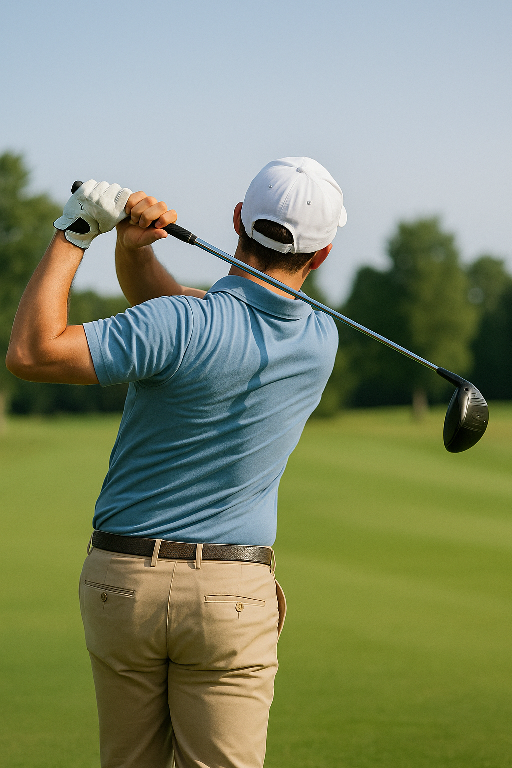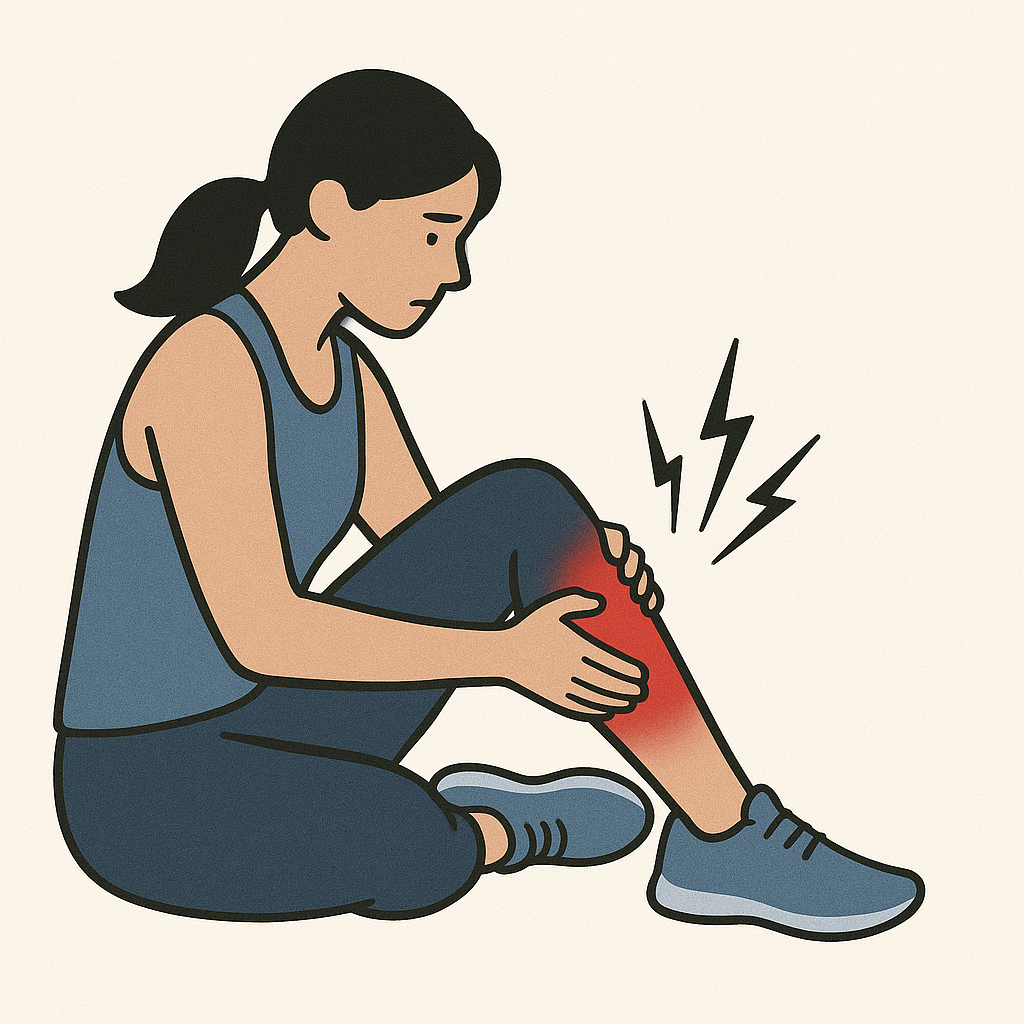
Unlocking a Stronger Golf Swing: How Physiotherapy Can Help You Play Pain-Free
Feeling pain or stiffness during your golf swing?
Even though golf is considered a low-impact sport, it’s surprisingly common for players to develop aches, pains, or even serious injuries. In fact, studies show that nearly half of all amateur golfers experience at least one injury every year — and the risk rises for those who play frequently or have less-than-optimal swing mechanics.
That’s where Physical Therapist comes in. Beyond helping you recover from injuries, a skilled Physical Therapist can design a personalized program to improve your mobility, strength, and overall performance — helping you hit longer, smoother, and more powerful shots.
Building Power Through Strength Training and Plyometrics
To improve your golf swing, you need strong, stable, and mobile joints — especially in the hips, trunk, and shoulders. Research shows that targeted strength training and plyometric (explosive) exercises focused on these areas can increase your arm speed, club head velocity, and driving distance.
One effective drill is the rotational medicine ball throw. It mimics the rotational power of a golf swing, training your body to generate and transfer explosive energy more efficiently — a perfect crossover to your game.
Recent evidence also highlights the importance of grip strength. Using “fat grips” during resistance training can enhance ball speed, carry distance, and grip endurance, particularly in your lead hand. Strengthening your forearms and wrists further supports this energy transfer from your core to the club head, helping you achieve more controlled and powerful swings.
Common Golf Injuries and How Physiotherapy Can Help
Golf might look smooth and effortless, but it actually demands a mix of strength, flexibility, coordination, and endurance. Over time, these repetitive forces can take a toll, leading to common injuries in the shoulders, elbows, wrists, hips, and lower back.
A Physical Therapist can help by:
- Assessing your swing mechanics and identifying movement limitations
- Designing individualized mobility and strength programs
- Applying manual therapy or corrective exercises to relieve pain and restore function
- Preventing future injuries by optimizing posture, flexibility, and core stability
Final Thoughts
Whether you’re playing casually or competitively, golf performance depends on how well your body moves — not just your technique. Working with a Physical Therapist can help you recover faster, prevent future injuries, and maximize your power and precision on the course.
Play longer. Swing stronger. Feel better.
References:
Lindsay, D. M., & Vandervoort, A. A. (2014). Golf-related lower back pain: A review of the literature. Sports Health, 6(6), 465–472.
→ Explores common golf injuries, particularly in the lower back, and how proper movement and strengthening can prevent them.
Torres-Ronda, L., et al. (2016). Physiological and biomechanical aspects of golf performance: The role of strength and conditioning. Journal of Strength and Conditioning Research, 30(12), 3352–3360.
→ Demonstrates that strength and plyometric training improve swing velocity and driving distance.







